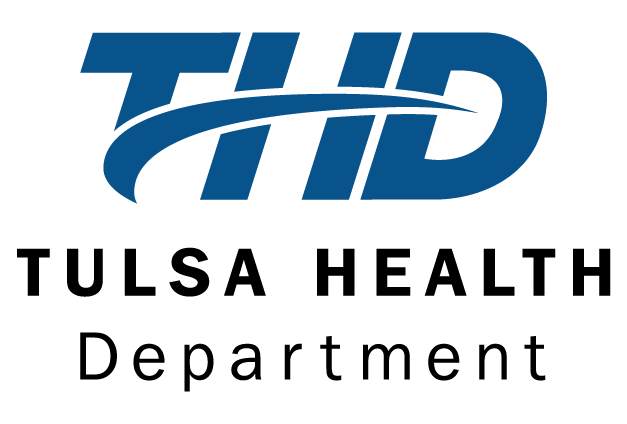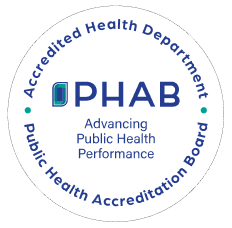What is Syndromic Surveillance?
Public health surveillance is a tool that Epidemiologists and other health professionals use to compile, analyze, and interpret health-related data. Although there are many different forms of surveillance, THD Epidemiologists utilize what is called Syndromic Surveillance. Syndromic surveillance is the collection of health data from area hospitals, and it shows us how many people are being hospitalized for various “syndromes”.
Collecting this health data gives us Epidemiologists a baseline for our community. When these numbers start to rise for certain syndromes, this can serve as an early warning system showing us that there may be a spread of disease in the community.
If we can catch an increased level of illness in our community early, this may lessen the burden of outbreaks circulating.
For more information about syndromic surveillance, please visit https://www.cdc.gov/nssp/overview.html
Epidemiologist Highlight – Madison Thomas
“Syndromic surveillance is an important public health tool to be able to monitor for clusters of illnesses and provide early indication of a disease outbreak or other health related event. The Tulsa Health Department has been utilizing syndromic surveillance to monitor for these types of events since 2002. Syndromic surveillance programs were initially created to be able to detect acts of bioterrorism and has evolved to be able to monitor for disease outbreaks and illness trends in our area. Syndromic data serves as a critical early warning system for potential public health concerns so we can detect unusual levels of illness that may warrant a response.”






